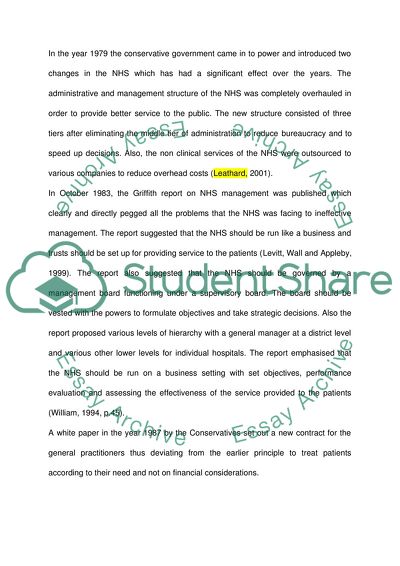Cite this document
(National Health Service: 1979 and Beyond Coursework, n.d.)
National Health Service: 1979 and Beyond Coursework. https://studentshare.org/social-science/1719922-how-have-the-changes-made-within-the-health-service-post-1979-signified-a-fundemental-shift-from-its-underpinning-principles
National Health Service: 1979 and Beyond Coursework. https://studentshare.org/social-science/1719922-how-have-the-changes-made-within-the-health-service-post-1979-signified-a-fundemental-shift-from-its-underpinning-principles
(National Health Service: 1979 and Beyond Coursework)
National Health Service: 1979 and Beyond Coursework. https://studentshare.org/social-science/1719922-how-have-the-changes-made-within-the-health-service-post-1979-signified-a-fundemental-shift-from-its-underpinning-principles.
National Health Service: 1979 and Beyond Coursework. https://studentshare.org/social-science/1719922-how-have-the-changes-made-within-the-health-service-post-1979-signified-a-fundemental-shift-from-its-underpinning-principles.
“National Health Service: 1979 and Beyond Coursework”. https://studentshare.org/social-science/1719922-how-have-the-changes-made-within-the-health-service-post-1979-signified-a-fundemental-shift-from-its-underpinning-principles.


